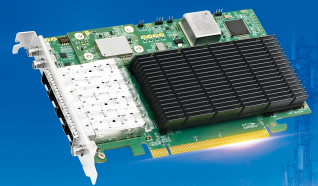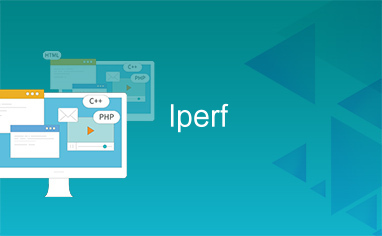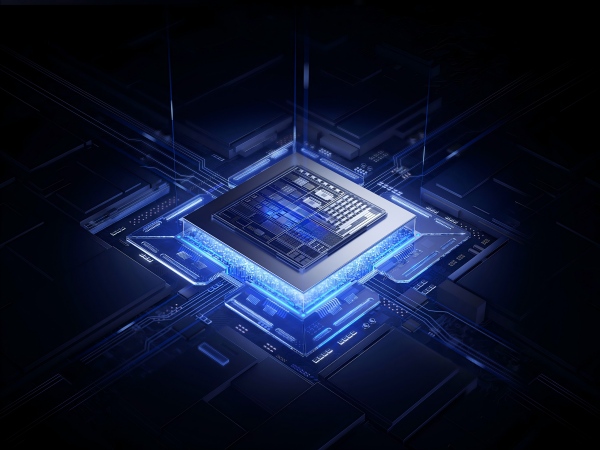





1.Unveiling the Mystery of the CDFP Interface
CDFP stands for “CD Form-factor Pluggable,” where “CD” represents the Latin numeral for 400. This signifies that the interface was originally designed for a total data transfer rate of 400Gb/s, comprised of 16 channels each operating at 25Gb/s. It is an interface standard born to meet the demands of high-speed data transmission. In today's digital age, data is growing exponentially, posing unprecedented challenges to the speed, stability, and efficiency of data transmission. The CDFP interface, with its outstanding performance, has emerged to fill this critical gap in the field.
2.Exploring the Internal Structure and Principles of the CDFP Interface
The CDFP interface features a distinctive physical structure with a carefully considered, compact design to accommodate the space requirements of various devices. Common CDFP modules come in two size variants, with the 29.71mm version offering higher integration and a complex yet sophisticated internal structure. It employs a combination of a sandwich connector, two PCBs, and four rows of edge connector sockets. This design not only optimizes signal transmission paths but also enables more functionality within limited space.
In terms of operating principles, the CDFP interface utilizes an advanced multi-channel data transmission mechanism. It features 16 data transmission channels that operate in parallel, significantly enhancing data transfer efficiency. Each channel supports speeds up to 25Gbps, enabling a total bandwidth of 400Gbps under ideal conditions to meet the demands of high-speed, large-volume data transmission. The CDFP interface also exhibits excellent electromagnetic compatibility, effectively resisting external electromagnetic interference to ensure data transmission remains unaffected by external environmental factors.
3.Diverse Application Scenarios of CDFP Interfaces
The Core Linkage of Data Centers
Within the data center—the “super hub” of the digital world—CDFP interfaces play a pivotal role. In data centers, servers and switches require high-speed transmission of massive amounts of data, making CDFP interfaces the ideal choice for connecting them.
A Powerful Enabler in High-Performance Computing
In the realm of high-performance computing (HPC), the CDFP interface remains an indispensable key technology. HPC clusters typically consist of multiple compute nodes that require frequent and extensive data exchange to collaboratively execute complex computational tasks such as weather forecasting, gene sequencing, and oil exploration.
Potential Applications in Other Fields
Beyond data centers and high-performance computing, the CDFP interface demonstrates significant application potential in other domains. It can connect 5G base stations to core network equipment, enabling high-speed, stable data transmission that meets 5G networks' demands for low latency and high bandwidth. In financial trading, even millisecond-level delays can result in substantial transaction losses. The CDFP interface's high-speed and low-latency characteristics ensure financial institutions can rapidly acquire market data and execute trading orders during high-frequency transactions. This enhances transaction success rates and profitability, safeguarding the efficient operation of financial markets.
4.Challenges and Future Prospects for CDFP Interfaces
Despite demonstrating numerous advantages and achieving widespread adoption in data transmission, CDFP interfaces face a series of challenges. Thermal management presents a significant challenge for CDFP interfaces. During high-speed data transmission, CDFP interfaces generate substantial heat. Failure to dissipate this heat promptly and effectively will lead to degraded interface performance. Regarding cost, while CDFP interface expenses have decreased with technological maturation and economies of scale, they remain relatively high for cost-sensitive applications. To reduce costs, efforts are focused on optimizing manufacturing processes to enhance efficiency and lower raw material procurement costs. Concurrently, industry players are strengthening collaborations to jointly drive technological innovation.
The CDFP interface holds promise for further advancement in multiple dimensions. Transmission rates are poised to increase with ongoing technological breakthroughs, potentially reaching 800Gbps or even 1.6Tbps. With the widespread adoption of 5G networks and the rapid growth of the Internet of Things (IoT), a vast number of devices require network connectivity. Leveraging its high-speed and stable transmission characteristics, the CDFP interface will occupy a pivotal position in IoT communication infrastructure, providing reliable connectivity to enable the interconnection of everything. Furthermore, the CDFP interface may integrate deeply with other emerging technologies, such as artificial intelligence and blockchain, delivering robust data transmission support for these fields and collectively driving the flourishing development of the digital economy.
